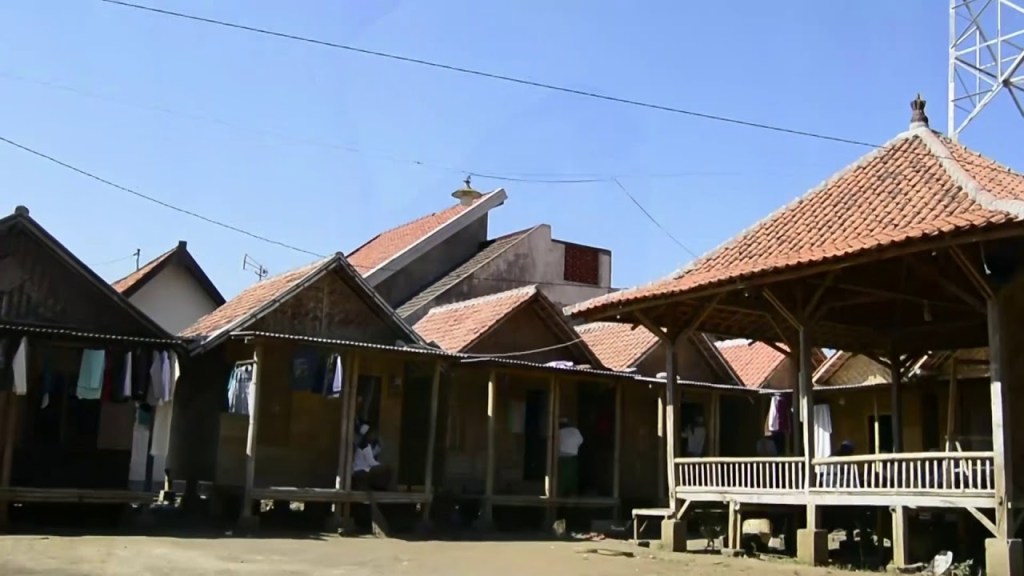Santri and pesantren continue to evolve and adapt in line with, or in response to, the changing times. It is uncertain how long this process will last.
One of the most visible aspects of this evolution is the variety of terms used to describe santri (students in Islamic boarding schools). Titles such as santri mondok (resident santri), santri kelana (travelling santri), santri kalong (commuter santri), and mahasantri (santri in higher education), reflect the changes within the community of learners who pursue knowledge in pesantren.

Initially, santri referred solely to individuals who studied at pesantren and lived within its quarters. They formed an integral part of the pesantren ecosystem, alongside kiai (religious teachers), other instructors, mosques or prayer rooms as centers of learning and worship, living quarters for the students, business units to support pesantren activities, and the surrounding community. This structure contributed to the notion of pesantren as a “subculture.”
At the beginning, this definition applied primarily to santri mukim or santri mondok (resident santri). Over time, new categories emerged: santri kelana and santri kalong. A santri kelana refers to a student who does not stay in one pesantren. Instead, they travel from one pesantren to another over a certain period, driven by a deep passion for knowledge. Much like a wanderer, they seek to acquire as much wisdom—and blessings from kiai—as possible.
In contrast, santri kalong are students who attend classes at the pesantren but do not reside within its grounds, often because they live nearby. They come to the pesantren for study sessions and return home afterward. A more recent term is mahasantri, which refers to students enrolled in pesantren programs equivalent to higher education, often in institutions called mahad aly. Previously, these students were simply referred to as senior santri.






